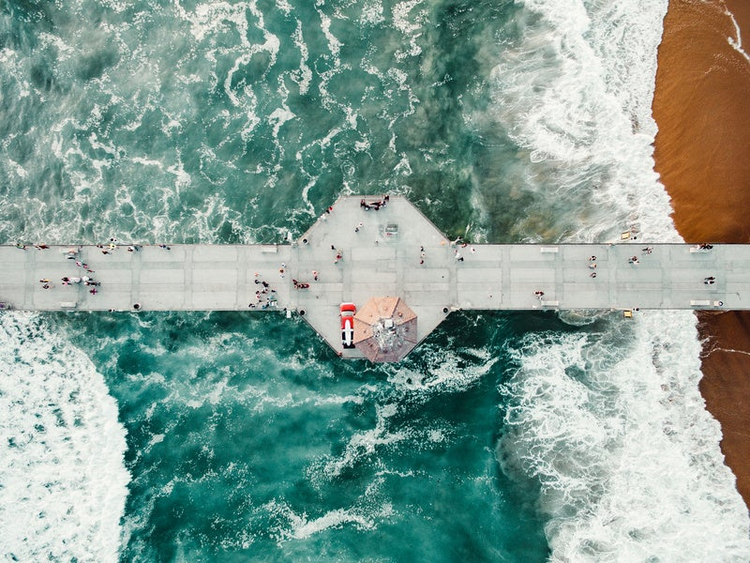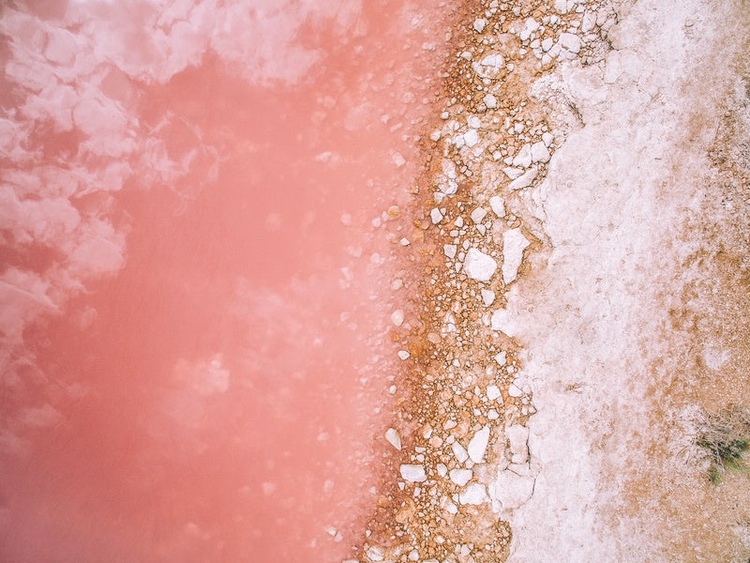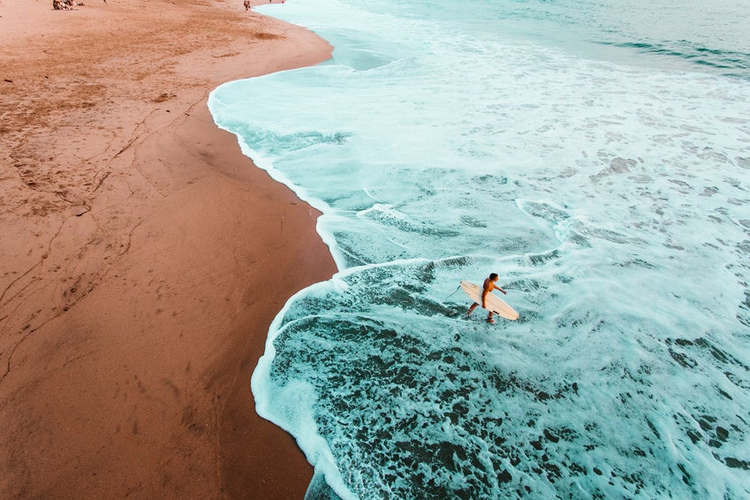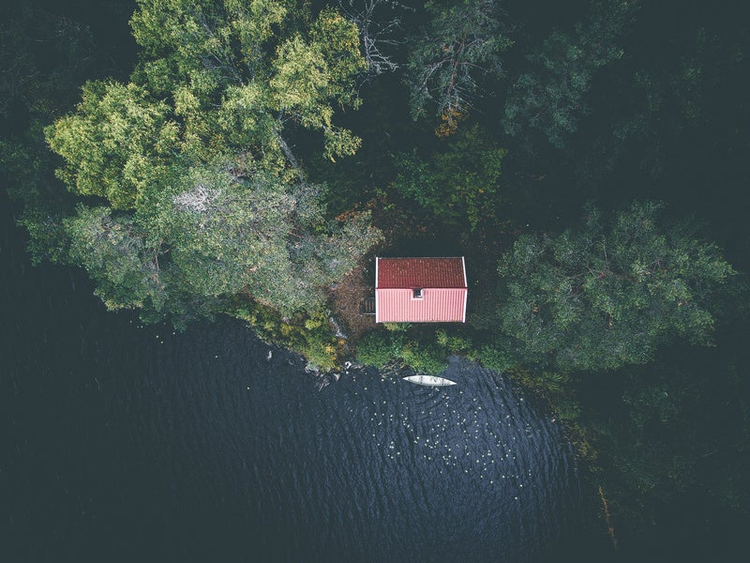Getting Started with Drone Photography

In line with our February Visual Trend “View From Above,” we gathered the best drone tips from Adobe Stock Premium contributors Tobias Hägg and Ryan Longnecker, as well as Colin Smith of Photoshop Cafe, author of The Photographer’s Guide to Drones. If you’re looking to take the plunge into the world of drone photography and footage, read on!
Find your purpose
Drone photography has become increasingly popular as of late, but before you go off to purchase the latest, fanciest flying models, be sure to think about how a drone can help you achieve your creative goals. For Ryan, drone technology allows him to tell a unique story from the same spot. “It’s awakened this sleeping part of my artist soul; the same kind of feeling I had when I first held a camera,” he shares.

Find your community
If you’re brand new to drones, mastering the art of flying and photographing from 400 feet above may seem like a daunting task. Colin found that while shooting from above came naturally to him thanks to his design background, he needed help with the mechanical side of things. Thankfully, he had a circle of friends who were more experienced with drones. He shared his expertise in shooting and processing, and they in turn taught him the intricacies of flying. “I wouldn’t have been able to do it on my own,” he shares.
Safety First!
Everyone who has flown drones long enough has crashed a drone. Accidents are bound to happen, but be mindful of your surroundings, especially in crowded settings, to avoid any serious injury. Tobias emphasizes the importance of having control of your drone and knowing your limits.

Plan ahead
Being prepared is a huge advantage on any shoot, be it with or without drones. “Look at photographs taken by other people in the same area, and look for shapes and perspective” Tobias advises. He even uses Google maps to look at topography and the colors from above so he can anticipate what the shots will look like ahead of time.

Use altitude as a compositional tool
The greatest advantage of drones, no doubt, is that fact that it allows us to capture images and videos from new heights. This vertical freedom gives us a whole new dimension to be experimental. With each shot, Ryan asks himself the question, ‘What angle can I shoot this image at that would be unique to me or that I could make my own?’

Take your time
Of course good light cannot be commanded at will, and sometimes, you just have to be patient. When Tobias traveled to Iceland to capture black sand beaches, he waited for hours under cloudy conditions for a moment of sunlight through the clouds.
When it comes to video, sudden movement can ruin the footage, so it’s important to take it slow and steady. Colin likes to think of it as a ‘golf shot’ – lead into the shot, do the shot, and make sure you have follow through when the shot is over. “Be patient,” he adds, “you don’t have to get everything in one go.”
Treat it like a camera
“At the end of the day, a drone is just like a camera,” Colin explains. The same rules of lighting, composition, lines, and framing apply. Shoot during good light and focus on your positioning. Ultimately, drones, like cameras, are a tool for executing a creative vision.

If you’re looking for inspiration, check out our dedicated aerial photography gallery on Adobe Stock.